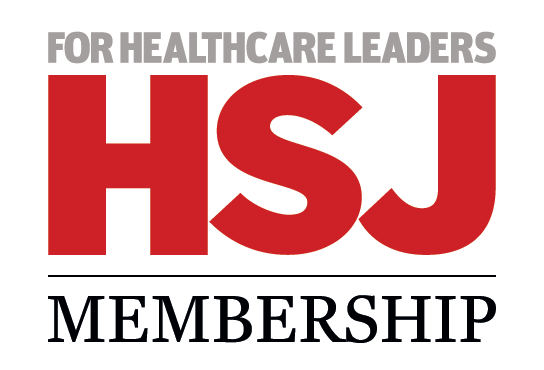![]()
HSJ100 LEADERS ICON-TECHNOLOGY
NHS England’s national director for patients and information Tim Kelsey (42) sent out an unequivocal message to health service leaders last month to mark the launch of an NHS national technology strategy.
“Interoperability and safe digital record keeping is no longer a voluntary, amateur sport. It’s got to be the heart of the future of the healthcare system,” he said.
HSJ100 2014
The message is far from new. The NHS has long been a technological “amateur”; and has long known that sharpening up its act is crucial to securing a sustainable future. But there are grounds for optimism that this latest drive to build a technological infrastructure fit for healthcare in the 21st century will have more success than previous efforts - and 2015 will be a key period in which strong rhetoric must be replaced by tangible results.
One of the biggest potential step changes is the role the sector’s regulators will play in driving the health service’s technology agenda from next year.
The Personalised Health and Care 2020 blueprint released in November was developed and published by the National Information Board, which includes senior figures from the Department of Health, NHS England, regulators and other arm’s length bodies.
The document says: “The Health and Social Care Information Centre, Care Quality Commission, Monitor and NHS Trust Development Authority will publish by October 2015 data quality standards for all NHS care providers, including the progressive improvement in the timeliness accuracy and completeness with which data is entered into electronic records and made accessible to carers and patients.”
To achieve these data quality standards, trusts will require electronic patient records which are sufficiently sophisticated to cope. For many trusts, this may require upgrading their existing systems.
These metrics will be taken into consideration by the CQC as part of their inspection regime and by Health Education England with regard to training accreditation from March 2016.
Up until now the technology agenda has been largely driven by NHS England and the Department of Health. The move represents the first time that technology will be part of the core issues for regulators who will have to directly assess trusts on their digital capabilities.
The move will have substantial ramifications, not least for the CQC, which will have to address its own expertise, or perhaps lack of, in this area.
But it sends out a strong message that trusts must pay attention to their technological performance in a way that they do in other core areas such as quality and financial performance.
It is telling that the 2014 HSJ100 is light on informatics leaders. The lack of influential technology leaders across the NHS is something both NHS England and the DH are aware of and keen to address.
With the goal of driving forward the technology agenda set to spread over more of the health service’s arm’s length bodies, there is a growing sense that technology must be part of the day job for NHS leaders and not an aside.
HSJ100: Our top names are best positioned to shape a year of volatility and voters
- 1
- 2
- 3
- 4
- 5
- 6
- 7
- 8
- 9
 Currently reading
Currently readingHSJ100 analysis – technology: Amateur night is over but top tech talent is still wanting
- 10
- 11






























1 Readers' comment